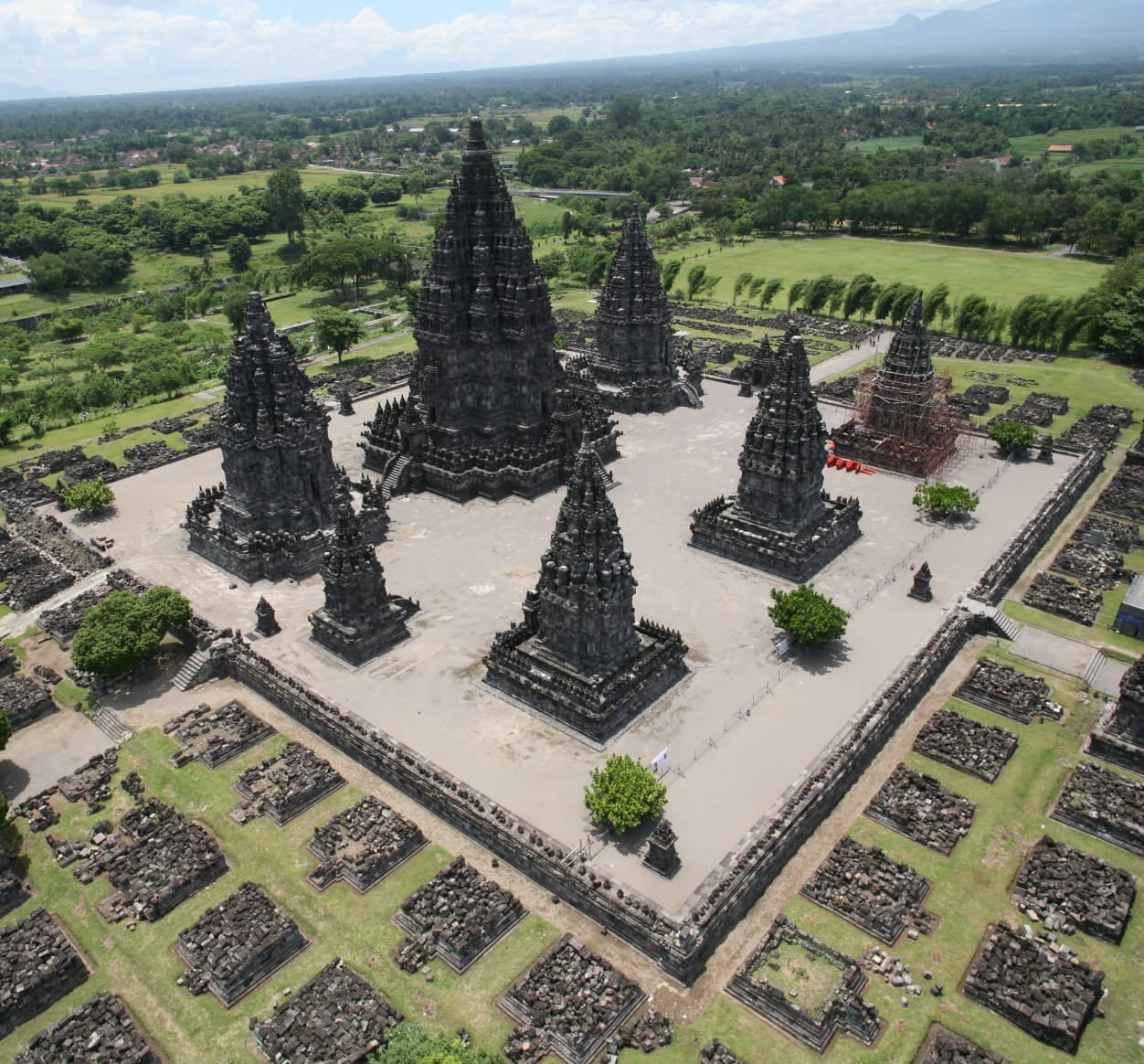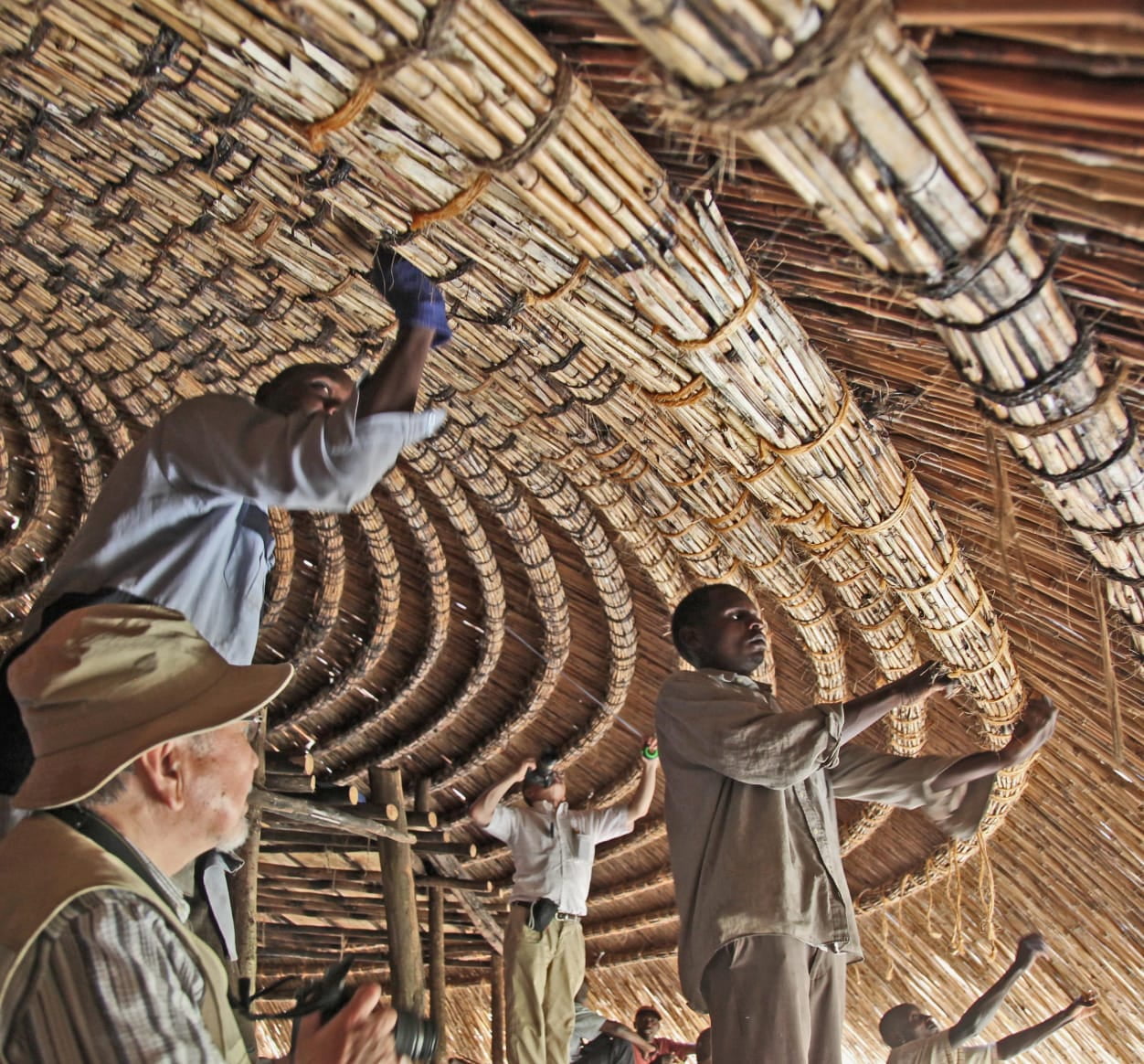
Cultural Heritage
Cultural heritage is a testimony to the history, traditions, and customs of a group of people who share a common culture. It is an irreplaceable and timeless inheritance to the humanity, and has a value that inspires many people from different cultures around the world.



